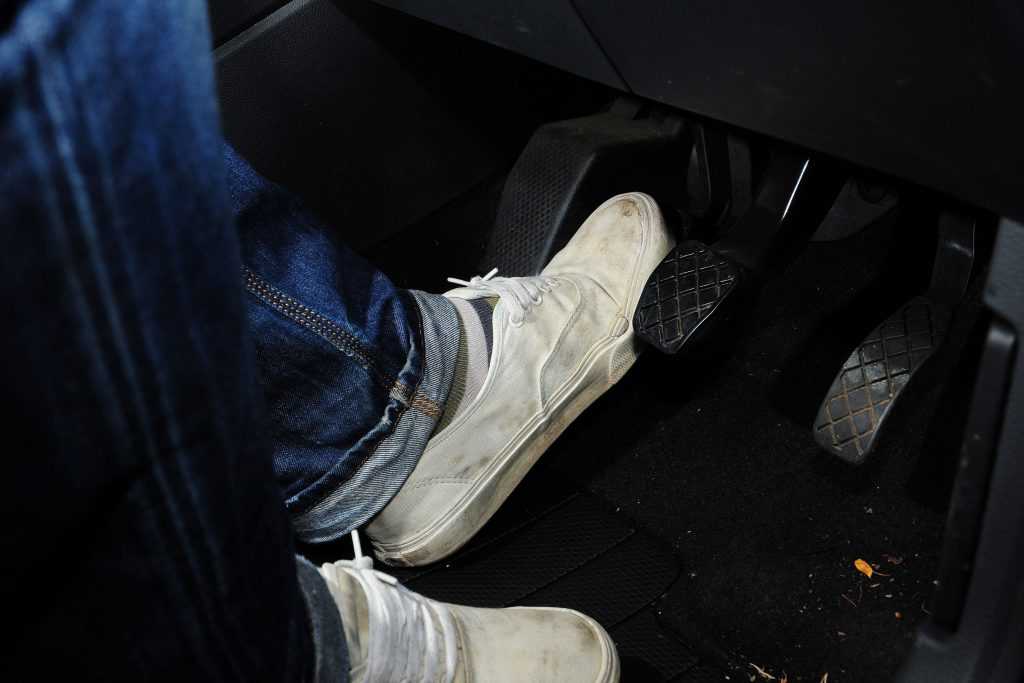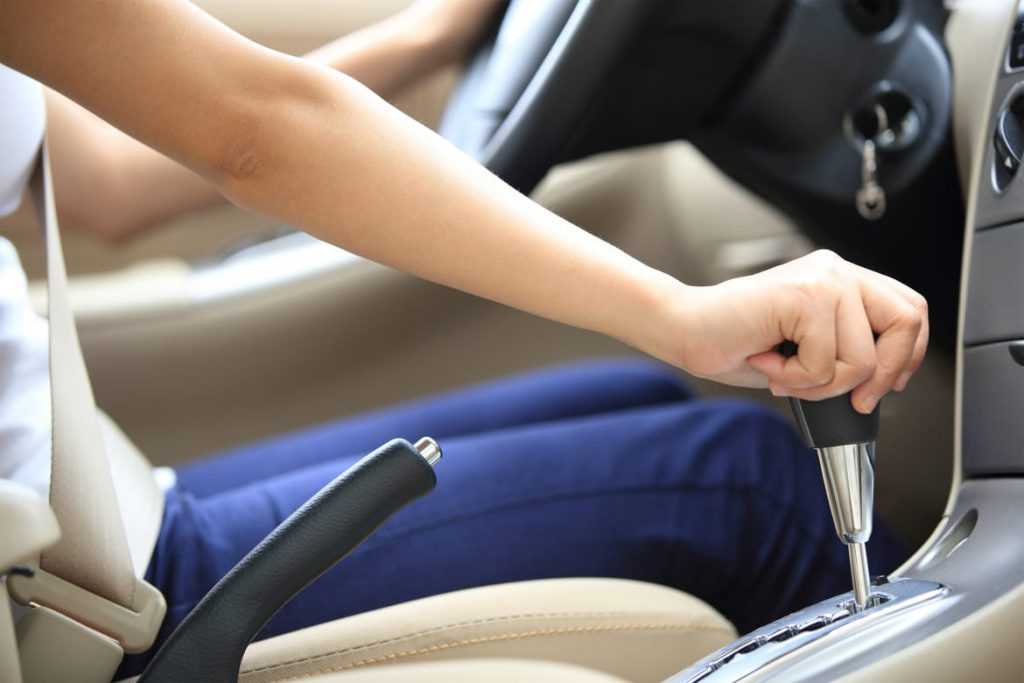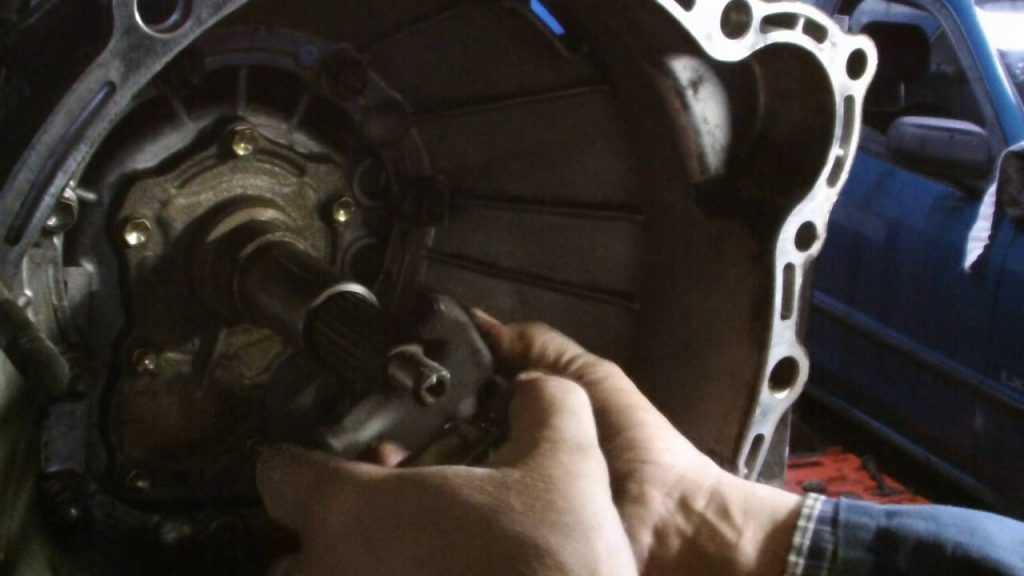Common Throwout Bearing Symptoms And Replacement Cost
The throwout bearing is a part of the manual transmission where you make use of a clutch pedal. Whenever you need to halt your car for a few seconds or change the gears, the clutch pedal allows you to do that. It takes responsibility for many car components, which work together to smoothen the shifting of the gear. This also includes the throw-out bearing.
The throwout bearing is a crucial component of the clutch pedal. On the failure of the bearing, the clutch pedal does not work as needed. As the bearing is not visible to the driver, the issue can be identified by observing the symptoms.
Definition of Throwout Bearing Failure
Before getting to know throwout bearing symptoms, it is essential to know what is throw-out bearing failure, and how it is affecting your vehicle.
Throwout bearing is one of the main car components of a transmission system. Along with the clutch plate, flywheel and pressure plate, they made the crucial four parts of the system.
The bearing has a role of making gear shifting seamless and smooth. In order to perform such a task, it helps disengage the transmission from the engine of the automobile. Along with that, the bearing ultimately controls the contact between the clutch plate and flywheel. Since it is the only component that can control the amount of interaction between two vital parts of a transmission system, throwout bearing affects the car heavily if damaged or faulty.
Throwout Bearing Symptoms and Solutions
Now you have acknowledged the definition of bearing, time to learn about throwout bearing symptoms. Like with any other vehicle problem, the symptoms of a throw-out bearing failure will vary from one situation to the other and even between different vehicle makes and models. But, for most manual transmission systems, the following are some of the most common symptoms of a failing throw-out bearing.
The clutch assembly consists of parts like pressure plate, clutch plate, flywheel, and throw-out bearing. This assembly connects the wheels of your car to the engine. Having a lousy throwout bearing means poor gear shift and clutch failure. Let’s discuss the symptoms in detail here.
Noises While Depressing The Clutch
This is one of the throwout bearing symptoms; the noise determines if there is something wrong with the clutch assembly or the throwout bearing in particular.
It happens when too much pressure or more than tolerable is created between the rollers. With time, these rollers wear out and lose their material, and eventually, it creates the noise. So if you experience grinding, squeaking, or any noise every time you depress the clutch, it is a sign. And its intensity will depend on the damage’s extent. However, even though these noises are very serious, car owners must know that they can be caused by other car problems as well. On the other hand, you don’t have to be an expert driver in order to distinguish throw-out bearing noises with other sounds. All you have to do is notice the noise when you have the clutch depressed and released. Not to mention, the noise will mostly come from the transmission area of the automobile.

SEE MORE:
- These driving habits are killing your car
- Should you leave a manual car in gear at the traffic light?
Feeling Vibrations
Whenever you put that clutch down, it should feel smooth. Your clutch should move down smoothly and steadily if the bearing is in good condition. However, if you experience some kind of vibration while operating the pedal, it indicates that the bearing is defective. And this is another good sign telling that your throw-out bearing is failing.
The reason behind vibration is the poor alignment of the throwout bearing with the pressure plate. The vibration remains noticeable and signifies that the bearing has started wearing out. Drivers can feel the pulsations from their feet, and the vibration is the same with what brake pedals feel when you have worn-out brake pads.
Difficult Changing Gear
One of the most common symptoms of throwing bearing failure is when drivers find it hard to shift gears. You need the clutch with the purpose of changing gears in your manual transmission car, that’s for sure. However, if any part of the clutch is having problems, it will be difficult to change the gears.
So if car owners find it hard when changing gears even though they are much smoother before, this might be a sign telling that you are having a faulty throw-out bearing. A clutch pedal that does not engage fully also causes a throw-out bearing failure. Nevertheless, this is not the first sign and it only appears when the throwing-bearing problem becomes worse.
Stuck Gear Shifting
A malfunctioning throwout bearing may also create a rough gear shifting that is again much noticeable while driving. However, if you do not experience any above issues, the stuck gear shifting may be due to other reasons. In this case, a transmission repair may be needed, or that transmission fluid needs to be changed.

When The Clutch Feels Stubborn
The clutch bearing comes with proper lubrication that makes it possible to depress the clutch smoothly. However, with time, the lubrication wears off, and that means you feel the clutch pedal getting stuck. Sometimes, the clutch does not even buzz no matter how hard you press. This is another symptom to tell when you have a throw-out bearing failure.
This is an indicator that you should immediately stop driving and call a repairer. Leaving it uncured means you won’t be able to shift any gears and take your vehicle any further. Want to know why your car’s brake lights won’t turn off? Visit here and see all these Maintenance Tips.
Total Clutch Failure
Another well-known sign of failure in throwout bearing is total clutch failure. Well, if you somehow manage to ignore all the above symptoms, this will happen to your automobile. After all, you cannot miss this sign since you will not be able to drive.
When you have total clutch failure, you not only have to pay a lot of money to repair but also spend more time fixing. So auto repair shops are the right place to go.
Since the clutch system relates to various car components in order to work normally, a complete failure of one part like the throw-out bearing might disable the clutch. So try not to avoid getting to this point by not overlooking the above signs.
Throw-Out Bearing Replacement Cost
Well, the throwout bearing in itself is a simple part that would not charge you very much. The approx replacement cost would be $30 to $100. However, if there is damage to the transmission itself, or more parts are damaged because of the faulty bearing, it may charge you more. Such as for a clutch replacement, you end up paying $300 to $800. For that reason, it will be suggested to try to prolong the throw-out bearing lifespan by regular maintenance and inspection.

Even though there are situations when there is nothing you can do about the throw-out bearing failure since it is beyond your control, you can still do something about it. In the following paragraphs, we will give you a few simple tips in order to minimize the likelihood of it happening. Check it out!
Change your Driving Habits
One of the ways you can minimize the throwout bearing chance of happening is to change your driving habits. It is clear that manual transmission cars are less common than they were before. This is due to the taken over of modern automatic transmissions vehicles. For that reason, many drivers develop bad driving habits. A few common actions are: unnecessary stops, unnecessary starts, putting one foot on the clutch when driving… These habits actually damaged the clutch as well as related car components overtime.
Decrease Clutch Depressing Time
You can protect and maintain the lifespan of the bearings quite a lot by not overusing the clutch. In other words, car owners need to reduce clutch depressing time. This means the clutch does not have to work when they don’t have to, and drivers can minimize the time to depress the clutch pedal. For example, when you have to stop at a red light. Car owners can shift the gear to neutral in order to release the foot off the clutch pedal instead of keeping the clutch depressed. By doing it, not only you can help the throwout bearing, you can also release the tension applying on your foot. And only engage the pedal again when you want to move the vehicle.
In fact, the longer the driver depresses the clutch, the more abuse as well as pressure the throw-out bearing is taking. This increases the chance of the throwout bearing failure.
Maintain and Inspect Clutch Assembly
Last but certainly not least, inspection and maintenance of the clutch assembly is a great way to avoid a throw-out bearing failure. Along with the clutch, the whole transmission system also needed to be checked regularly in order to be fixed by an expert mechanic as fast as possible..
With regular inspections, it is much easier to find and detect the problems with a throw-out bearing. If discovered quickly, the issue is easy and cheap to fix. You can also take part in any possible clutch problems.
Conclusion
Even though a throw-out bearing is a small car component, it cannot be ignored. In fact, it plays a critical role in assembling the clutch as well as the transmission system.
So in order to protect and prolong the throwout bearing, these are all the throwout bearing symptoms that if you observe while being in your car, it is time for a replacement. Do not make delay; take your car to the professionals before the harm goes any further. It not only saves your money for repair but also helps your car run smoothly. After all, preventing is much easier than fixing.














